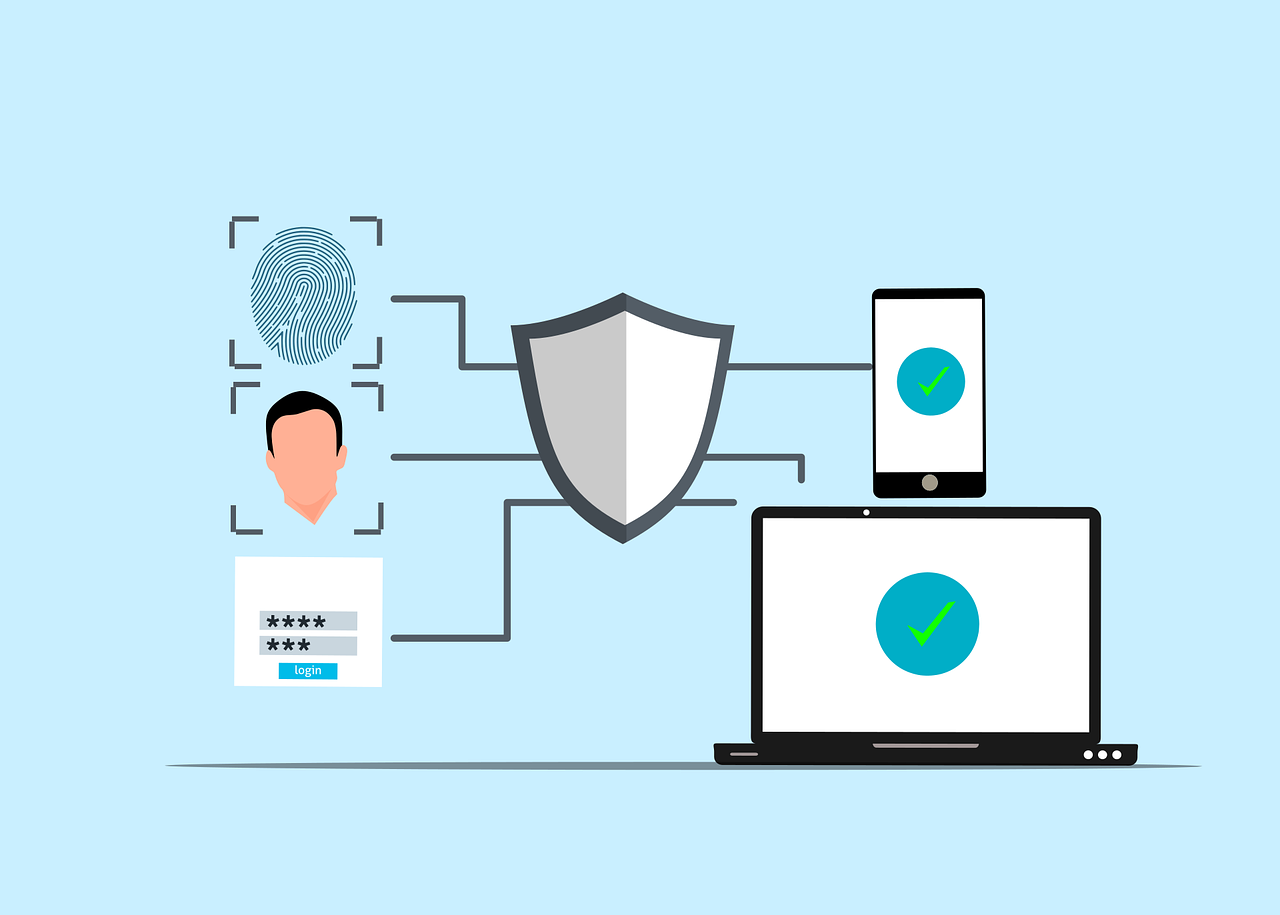For a SaaS company, technical documentation is not just an internal tool. It is a lever of trust.
It reassures prospects, facilitates integration and demonstrates the maturity of the product.
But the question often comes up in contract negotiations: how far can we go in transparency?
Sharing too little information can frustrate a demanding customer.
Sharing too much exposes too much: architecture, API, internal security, technical organization... so many sensitive points.
Finding that balance is critical — both to instill trust and to protect your strategic assets.
Why technical documentation is a commercial issue
Technical documentation plays a much broader role than that of a user medium:
- It demonstrates the robustness and maturity of the product.
- It reduces uncertainty during internal customer audits.
- It facilitates exchanges between technical teams.
- It reassures decision-makers about the security and compliance of SaaS.
A customer who wants to impose a security audit clause is mainly looking for tangible guarantees on the security of the service.
Clear and well-structured documentation can suffice to remove these doubts even before contractual negotiation.
The risk of two extremes: too little or too much
1. Too limited documentation
Documentation reduced to a user manual or a few pages of online help leaves a feeling of amateurism.
The customer will have the impression that:
- security is not under control,
- compliance is not monitored,
- technical processes are not formalized.
Result: it will ask to compensate for this lack of transparency by reinforced audit clauses, which are often expensive and intrusive.
2. Too detailed documentation
The opposite excess is no better.
Sharing too detailed information about your architecture, APIs, or internal security measures can unnecessarily expose your SaaS to risks:
- exploitation of vulnerabilities,
- copy of technical elements,
- disclosure of confidential information.
Transparency should not be confused with exposure.
The right approach: controlled transparency
The aim is to give customers enough information to reassure them, without compromising the security of your solution.
This controlled transparency is based on two levels:
1. In the pre-contractual phase: presenting a clear overview
Before signing, provide a high-level set of information, such as:
- the security policy (principles, certifications, third party audits),
- compliance measures (RGPD, ISO, SOC 2, etc.),
- the main lines of your technical architecture,
- the backup and business continuity policy.
These elements should be presented in an educational manner, without going into operational detail.
The idea is to show that SaaS is controlled and documented, while keeping sensitive information confidential.
Good reflex: formalize this information in a “safety insurance plan” or a simplified compliance sheet, which you can share at the first discussions.
2. After signature: supervised access to sensitive documentation
For more technical information — architecture diagrams, security logs, audit reports — it is preferable to provide access on request, under conditions.
Several options exist:
- Trust center platforms : they allow sensitive documents to be centralized (security policies, audit reports, certifications).
The customer can access it after verifying the existence of an NDA (confidentiality agreement) or confidentiality clauses in the contract. - Secure customer portals : a reserved space allows information to be shared regularly without transfer by email.
- Formalized access process : define the access procedure in the contract (written request, validation by the security manager, limited duration).
This approach has two advantages:
- The customer knows that the documentation exists and can access it under certain conditions.
- You are in control of what you share, when, and with whom.
How does this strategy make your negotiations easier
Clear and structured documentation considerably reduces contractual tensions.
It often makes unnecessary the overly intrusive security audit clauses that some customers ask for as a precaution.
In practice, a controlled transparency policy:
- reassures the client's technical and legal contacts,
- speeds up the signing of the contract,
- positions the SaaS companyas a mature and professional partner.
The customer no longer needs to fight for complex audits: he knows that the information is available, up to date, and accessible in a secure environment.
Best practices to put in place now
- Formalize your documentation
Structure your documents into two levels: public (high level) and confidential (technical detail). - Prepare a safety insurance plan
It should summarize your practices (backup, encryption, hosting, GDPR compliance).
It is often the document most viewed by prospects. - Set up a “trust center”
This tool is now becoming a standard for SaaS companies.
It shows that you have a professional and proactive approach. - Include a specific clause in your contracts
Outline the conditions of access to technical documents:- upon written request,
- under confidentiality,
- for justified needs (audit, compliance, security incident).
Conclusion
Technical documentation is not a simple integration medium: it is a tool for transparency and commercial credibility.
Too limited documentation weakens your negotiations.
Excessively detailed documentation outlines your solution.
Between the two, there is a clear path: controlled transparency.
It is an approach that simplifies negotiations, accelerates the signing of contracts and enhances the maturity of your SaaS.





